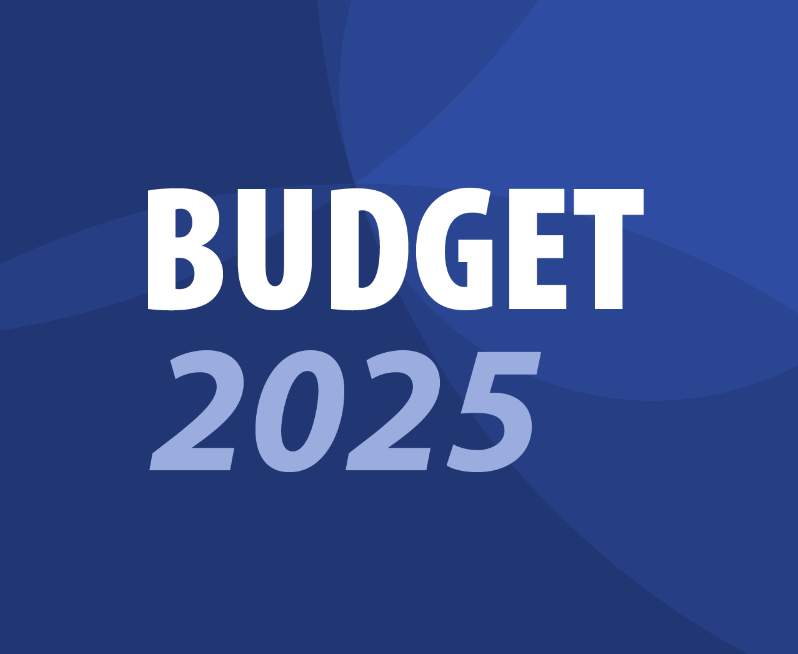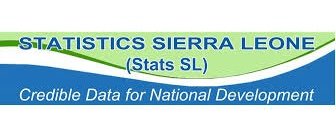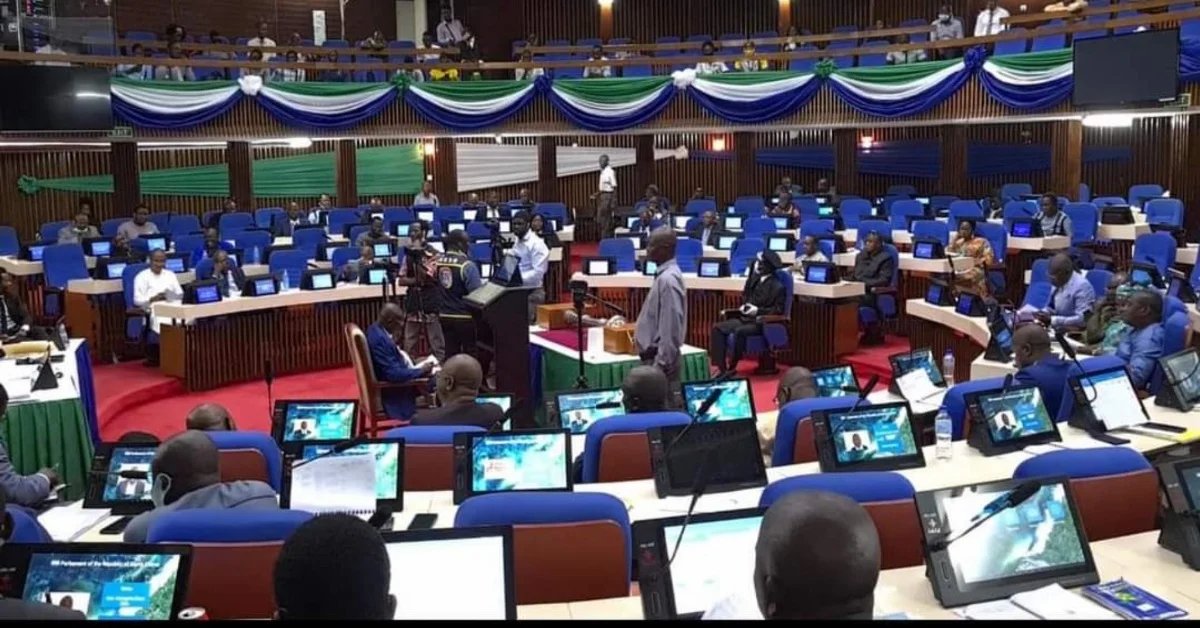NLe7.4 Billion For Borrowing Plan
 Government State House Crest
Government State House Crest
Government could be raising approximately NLe7.45 billion to finance this year’s Annual Borrowing Plan (ABP).
The government's financial strategy aims at balancing the fiscal deficit, debt repayment obligations, and sustainable debt management (domestic and external borrowing) while ensuring minimized exposure to foreign exchange and interest rate risks. FS reliably gathered that the plan is to acquire NLe0.760 billion from net concessional external loan disbursements. These funds are anticipated to derive from international development partners or concessional foreign loans, contributing significantly to bridging the total financing gap essential for covering the fiscal deficit and maturing debt obligations.
This approach aligns with the government's fiscal prudence, as external borrowing represents only 23.2% of the total gross financing requirement. Such caution indicates a deliberate policy decision to keep foreign debt and its associated exchange rate risks within manageable parameters.
“Government recognizes the ongoing challenges related to debt sustainability, particularly arising from domestic borrowing routes that traditionally have high-interest rates. In 2025, the aims are to lower the treasury bill rate in accordance with a projected decrease in inflation—forecasted to drop from 52.2% at the end of 2023 to 16.9% by October 2024. Treasury instruments will therefore be designed with a benchmark investment rate, capturing inflation plus a margin of 2%. This is crucial for institutional investors like the National Social Security and Insurance Trust (NASSIT), which stands to benefit from this alignment”.
The government's ambition is to see interest rates declining over the course of 2025, easing the burden on public borrowing and stimulating the economy by allowing businesses and individuals to access credit more affordably. The focus on maintaining a lower profile when it comes to external debt—projected at NLe2.65 billion serves as a buffer against the inherent foreign exchange risks. The potential depreciation of the local currency, the Leone, poses a significant threat by potentially inflating the cost of servicing any external debt obligations. The successful acquisition of this external funding will largely depend on the terms negotiated with contingent lenders, fostering a reliance on favourable lending conditions from international entities.
The economic implications and risk factors for ABP's reliance on domestic borrowing, predominantly through treasury bills, carries potential risks that could introduce upward pressure on interest rates, engendering inflationary tendencies in the economy. Consequently, the Bank of Sierra Leone (BSL) is tasked with an intricate balancing act in its monetary policy approach, addressing the potential crowding out of private sector financing while maintaining overall price stability.
Revenue generation and managing budget deficits, the government commitment to enhancing its Medium-Term Revenue Strategy, aims to broaden the revenue base and improve tax collection mechanisms. In the context of ongoing economic transformation, efforts will be intensified to generate non-mining revenue streams as a durable solution for the fiscal deficit. The financial governance structure will ensure expenditures remain within the FY 2025 budget limits, adhering closely to established Ministerial Directives.
The strategy underscores a robust debt management framework that prioritizes transparency and consistency in meeting financial obligations. The government intends to initiate its migration from the Commonwealth Debt Recording and Settlement Systems to the more advanced Commonwealth Meridian software in 2025. This strategic shift is supported by financing from the African Development Bank aimed at enhancing effectiveness in public debt management.
Transparency in publishing relevant debt statistics and engaging with market participants is vital to fostering investor confidence, thus facilitating smoother debt servicing without resorting to problematic borrowing practices.
The Annual Borrowing Plan for 2025 reflects a prudent balance between addressing immediate fiscal needs while adhering to longer-term goals of debt sustainability. By primarily relying on domestic instruments—averaging about 90% of the borrowing needs and making measured use of external borrowing at around 10%, the government is strategically positioning the economy for resiliency against potential financial shocks. Continual enhancements in revenue generation processes and fiscal prudence is critical to avoid excessive debt accumulation, as ongoing adjustments and strategic measures are poised to shape a healthier financial outlook in 2025 and beyond.
13-01-2025







